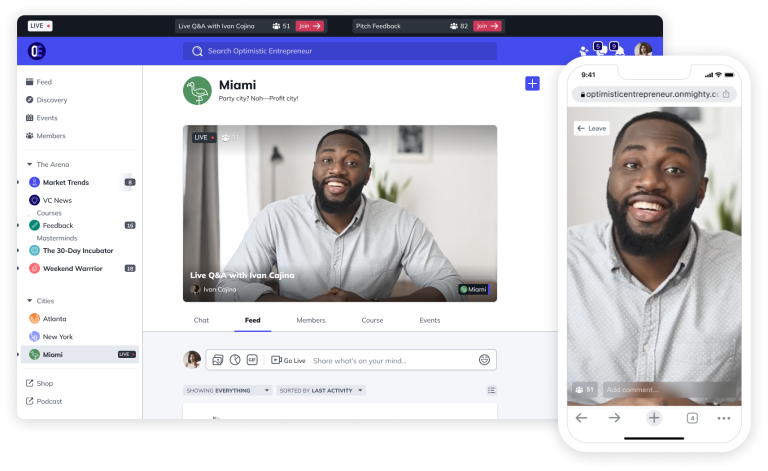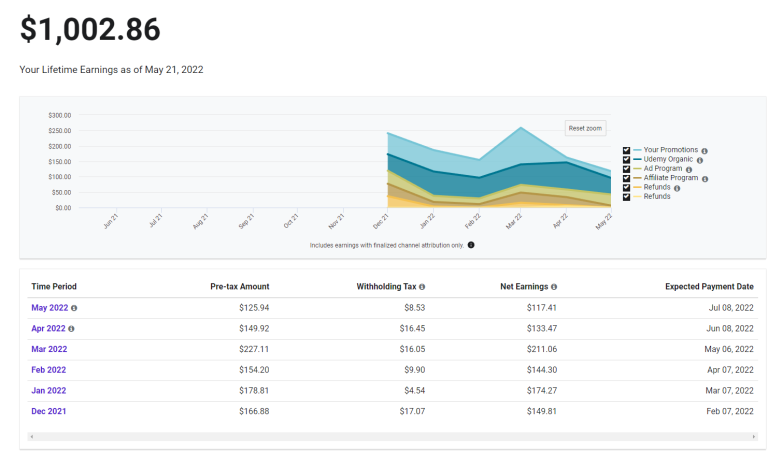8 Simple Ways to Repurpose Webinar Content

You usually hold a webinar that lasts one to two hours, but after it’s done, that content just sits unused. This is a missed opportunity to make more use of the hard work you put in.
Reusing your webinar material helps you reach more people and keep giving value to your audience. It saves you time and effort while ensuring your content stays active long after the webinar has finished.

Here are 8 Ways to Repurpose Your Webinar Content
Create a Blog Post or Article
You can turn your webinar into a blog post or article. First, write down everything said in the webinar or just the main points. Then put this information in order in a blog or article.
This way, more people than just those who joined the live webinar can read it. A blog or article is also good because it stays useful on your website for a long time, bringing in more visitors who find it helpful even later.
Make sure your blog or article is easy to read. Use headings, smaller headings, and lists to organize the text so people can scan through quickly.
Free Virtual Classroom Platforms for Educators
Develop a Slide Deck or Presentation
If your webinar had slides or pictures, you can make a new slide deck or presentation from them. This lets you use the slides again on places like SlideShare or in future talks or training. This format helps those who like seeing things visually or who want to go over the main points at their own speed.
Make sure your slides can stand alone without needing you to explain them in person. You might add notes or more details to help make everything clear.
Record a Podcast or Audio Version
If your webinar was mostly talking, you can make a podcast episode or an audio file from it. This is great for people who like listening to content while they do other things, like driving or working out.
You can share the podcast or audio on many places, making it easy for a lot of people to listen. Make sure the sound is clear. Adding a short intro and ending can help listeners understand and enjoy it more.
Create Social Media Content
Social media is a good place to share small parts of your webinar. You can make posts, graphics, or short videos with quotes, tips, or key points from the webinar. Use platforms like Twitter, LinkedIn, or Instagram for this.
Make sure your social media posts grab attention and look good. Use bright pictures or quick videos to draw people in and make them want to learn more.
Develop an Email Course or Newsletter
You can break your webinar content into smaller parts and send these out as an email course or newsletter series. This lets your subscribers get the information bit by bit, at their own pace.
This method is good for keeping your audience interested over time and reminding them of what they learned in your webinar. Make sure the emails are well-organized and simple to follow. Tell your readers clearly what to do next or how to use what they learn.
Compile a Video Series
If your webinar covered many topics or parts, you can make a series of short videos from it. Each video can focus on one part or topic. This format works well for people who like to watch videos to learn.
You can put these videos on YouTube or Vimeo and share them on your website or social media to get more people to watch them. Each video should be clear and useful by itself. Adding a short intro and outro to each video helps provide context and improves the viewing experience.
Offer a Downloadable Resource
Creating a downloadable resource like a PDF, checklist, or workbook can add more to what you talked about in your webinar. This gives your audience something they can use and interact with.
Make sure this resource looks good and is easy to use. Adding parts that people can fill out or interact with makes it even better.
Incorporate into a Larger Course or Training Program
If your webinar is part of a bigger topic, you can include it in a larger course or training program. This lets you use the webinar as a foundation for a more complete learning experience.
When adding your webinar content to a bigger course, make sure it fits well with the other parts and builds on what people have already learned. Provide clear goals and ways to check what has been learned to help your audience see their progress.






